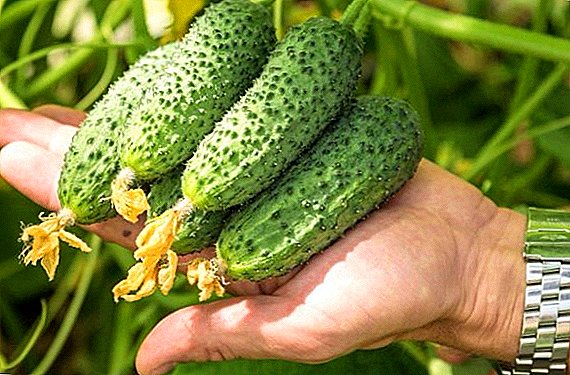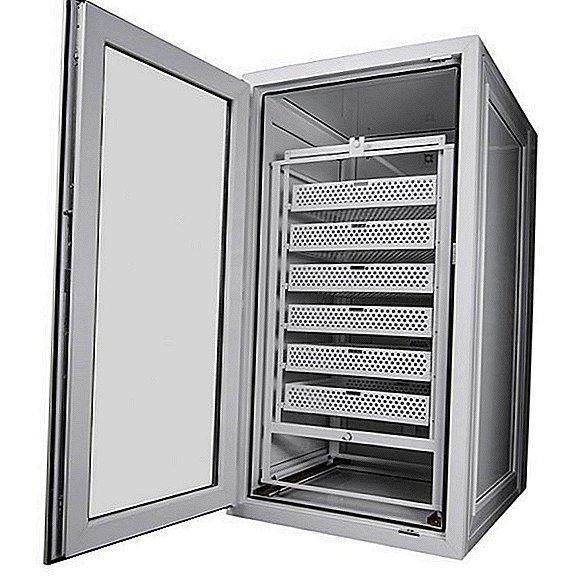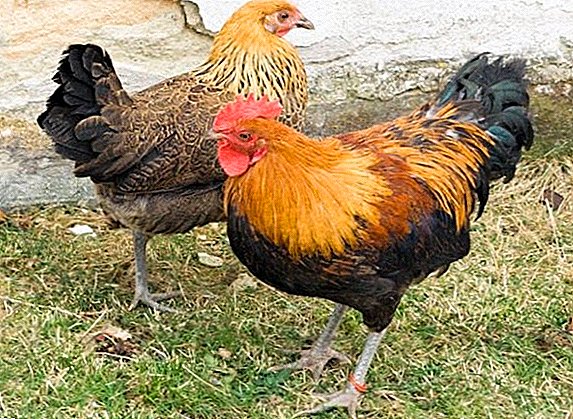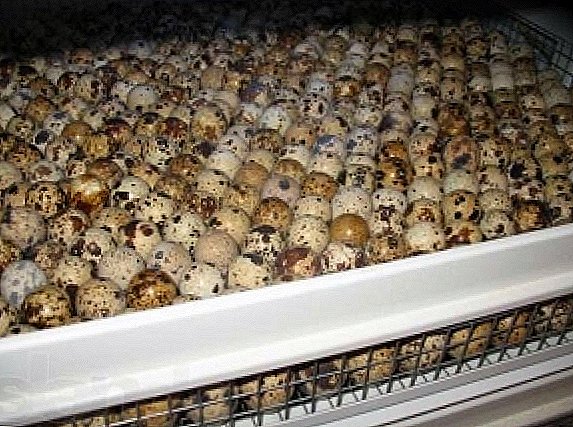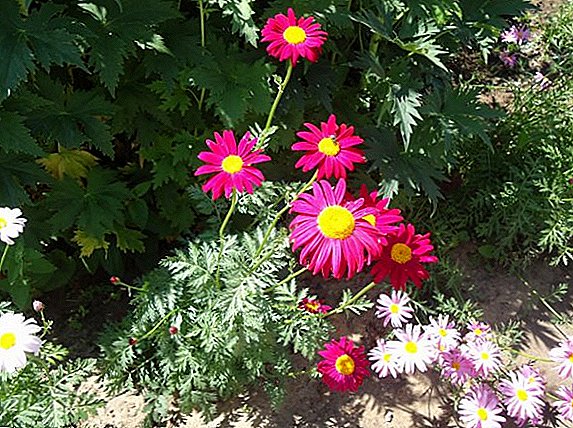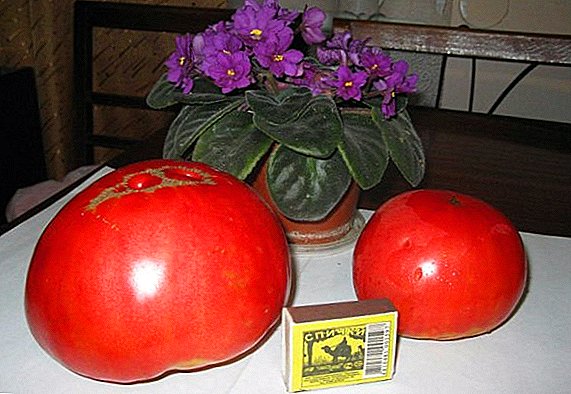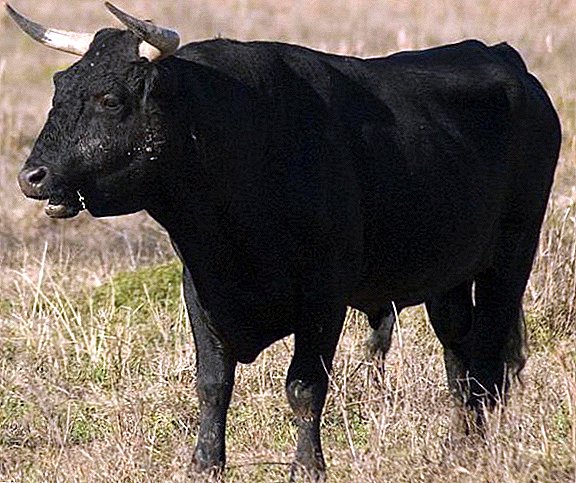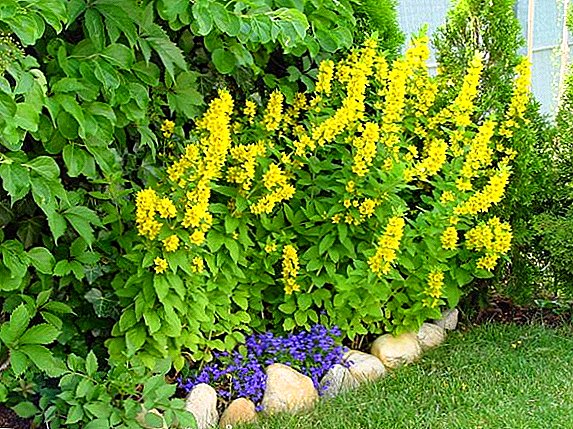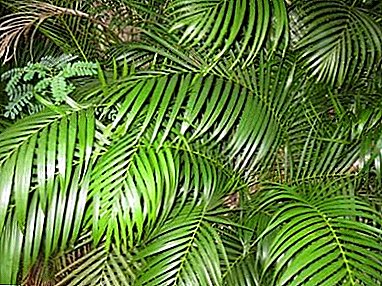
Chrysalidocarpus - This is a fairly common and easy-to-care palm tree, well grown in indoor conditions. The name of the palm tree comes from the ancient Greek roots chryseus - golden (yellow) and karpos - fruit.
Palm tree grows in nature in Madagascar and in Oceania. At home it grows up to two meters, in the open field it can grow up to 9 meters.
In the next article we will look at the main points: care at home, photos, growing problems and more.
Popular species
There are 8 species of plants belonging to the genus Chrysalidocarpus. The two most popular types of chrysalidocarpuswhich can be found in stores:
- Chrysalidocarpus yellowish (Ch. Lutescens Wendl). Synonym - Diptis yellowing. The name Chrysalidocarpus lutescens is encountered. From one base grows 2-5 yellowish trunks, studded with small black dots. Leaf petiole up to 60 cm., Yellow, grooved.
- Madagascar (Ch. Madagascariensis). Synonym - Diptis Madagascar. Smooth, weakly widened bottom trunk, with pronounced rings. The leaves are pinnate, with a glossy surface, the leaves are bunched.


This video is about the yellowish Chrysalidocarpus palm tree.


Home care
Consider the main points about Areca: home care, diseases and pests.
Features care after purchase
Do not immediately try to transplant palm in a new beautiful pot. Put the plant on the place that you have chosen for it. Do not place a young plant in bright sunlight - young leaves may turn yellow. Pour warm water. Watch a couple of days.
If the plant does not show signs of lack of light or moisture - you can transplant the plant. Choose a pot more than the one you bought chrysalidocarpus. If the roots come out of the pot - this means that the root system does not have enough space for growth.
Choose a massive pot, with a wide base. He has a powerful developed root system, the roots need a lot of space.
Lighting
Chrysalidocarpus - photophilous plant, loves a long, up to 12 hours light day. In winter, this tropical plant needs extra light.
Although palm is well tolerated by direct sunlight, but young plant must be protected from the hot sun in summer. If under the summer sun the leaves turn yellow (turn brown) and fall off - immediately move it into diffused light (for example, darken the window with a curtain if the palm tree is standing near the window).
Temperature
He likes moderate temperatures, in the winter of 18-23 degrees, in the summer of 21-25 degrees. It tolerates a short decrease in temperature to +15 degrees. Do not place a palm tree near batteries and other heating devices. - leaves will dry and lose shine.
If possible, take out the plant in the summer to fresh air.
Air humidity
Palm trees like high humidity, in the summer like regular spraying. In the fall and winter is not worth spraying. From time to time, wash the palm leaves with a damp cloth, if the growth of the plant allows it - under the shower. Sometimes it is possible and necessary to immerse the pot in water so that the whole earthen ball soaked with water.
Watering
 Need to water often and abundant in summer and spring. As soon as the top layer of the earth dries up - you can safely water it.
Need to water often and abundant in summer and spring. As soon as the top layer of the earth dries up - you can safely water it.
Autumn and winter - the period of rest, it is necessary to water less often.
You can alternate watering with spraying. Need to monitor the drainage of the pot. Chrysalidocarpus does not like stagnant water in the pot.
If you notice that the water is worth - drain it and loosen the soil, transplant the palm tree into the ground with good drainage.
Bloom
In room conditions rarely blooms. When flowering produces a brush with small yellowish inflorescences.
Fertilizers (dressing)
Chrysalidocarpus fertilized with mineral dressing from spring to early autumn, once or twice a month. In winter, feed less frequently. You can use a universal mineral fertilizer for indoor plants or choose fertilizer for palm trees.
Transfer
Do not transfer without urgent need. Palm trees love when their root system is tightly intertwined, so experienced palm growers are advised to repot the palm tree only when the root system breaks the pot.
Instead of transplant apply reloading. This means - you need to get an earthen ball of palm trees, shake out the old earth and drainage from the pot, fill up the fresh ground and drainage composition and plant the palm in the same pot.
These videos tell you about the rules of transplantation.
Diseases and pests
Chrysalidocarpus is susceptible to infection spider mite. The appearance of the cobweb on the leaves - the cause of dry air. Spray the palm tree more often, treat with insecticide, collect the visible web with a cotton swab.
Dry leaves
 Drying leaves, tips, leaf edges - These are the most common palm problems. The most common problem is lack of moisture.
Drying leaves, tips, leaf edges - These are the most common palm problems. The most common problem is lack of moisture.
Spray frequently, move it away from the battery, place a container with water next to it.
If the problem persists, it is worth reviewing the top dressing.
Dying off, browning the tips of the leaves can be a signal of an excess of fluorine, superphosphate, an excess of additional feeding.
If it turns yellow
The appearance of yellow (brown) clearly defined spots on the sheet in the summer - This is a signal that the plant has received a sunburn. Transfer chrysalidocarpus from direct sun to partial shade.
Conclusion
Chrysalidocarpus is luxurious ornamental plantIt does not require particularly complex care with sufficient light and humidity. It is well grown in greenhouses, in large halls, hallways with a natural source of light, closed terraces, winter gardens.


